Jemez Mountain 2017
New Mexico Clouds
There are extraordinary clouds hanging over the Sandias right now. There are always extraordinary clouds in New Mexico. The air is incredible here, and the Sandias, out the back window of Ken and Margaret’s house, are beautiful.
It is snowing in Los Alamos, where I’ll be tomorrow. I was originally going to run Jemez 50 miler, hoping to redeem myself after a bad run there two years ago, but I’m sidelined now with a fractured collarbone from a fall that came a week after dislocating a toe in another fall at Zane Grey, which ended in DNF.
It’s been a terrible year so far, and I’m a little depressed about it. Somehow, this succession of injuries and bad races makes me think perhaps this is permanent, that my running days are over. I really am feeling old.
And They’re Off!
Here I am in Los Alamos again, up on a mesa top, looking down at northern New Mexico.
6am. The 50K runners just left. The 50 milers left an hour earlier. The plan was for me to be in the 50 mile pack, but the busted collarbone took care of that. Maybe I could take a nap, I thought, or maybe I would wander around and take photos.
There have been too many falls lately. I blame a lot of it on stress. There seems to be a direct correlation between my stress levels and the number of falls I take. I suppose this makes sense; when stress reaches a certain point I become distracted; I can’t focus the way I need to when running down a rocky trail. I literally lose sight of what I am doing and where I am going. Sight might be an issue, too. My eyesight is not what it was just a few years ago. I usually run with glasses now, which is something new. I was not wearing them during either of my last two falls, each of which ended with me in urgent care, once with a dislocated toe and a week later with a broken collarbone.My only friend at work (I am not a popular guy) is urging me to reconsider what I do for recreation. It’s too dangerous, she says, and at 57 I really need to start taking it easy. I got red-faced and waved my arm at the rest of my colleagues, many of whom I view these days with undisguised contempt. They are all twenty years younger than me. They are all pudgy, smoke too much weed, and miss at least two days a month due to the flu or hangovers or recuperating from car crashes. I am an Aspie. It is almost impossible for me to hide my feelings. The only way I can not display my contempt for my coworkers is not to have it. This is going to take a lot of work and I need to summon up the willingness, and soon, because I am pretty sure that if anything is going to kill me it’s these emotions. I am not at my best when I am angry.
And so, because of my anger and frustration and the distraction that has ended up with me in urgent care two of the last three weekends, I am sitting in my car on a mesa in Los Alamos feeling sorry for myself when I should be out there running through those glorious mountains.
Los Angeles
I remember moving to Los Angeles from Austin Texas, in 1985. The marine layer trapped the smog and filtered out and diffused the light in such a way that it felt like a low ceiling. The air in Los Angeles makes me claustrophobic. The smog is better now, 30 years later, but the haze remains. There are very few days in LA where you can see to the horizon. Everything just fades away as though there were nothing a few miles away from whereever it is you stand, and even up close things are indistinct, in soft focus. Clarity is hard to come by in LA.
In New Mexico, everything always seems clear. This isn’t just a visual thing but an emotional and spiritual thing, too. That doesn’t mean all questions are answered when I’m out here. It just means I get an idea what to ask. There’s not the murk of dirty air and dirtier intentions.
My stress seems to dissipate in the cold, clean air. This is not always the most comfortable thing – it’s a bit like sweating out toxins – they come to the surface, there’s a greater awareness of it all as the poison sweats out – but it’s good, and it’s freeing, and that more than mitigates any discomfort.
I used to look at places based on their utility to me. Even in the punk rock days in Texas (perhaps especially in those days) there was a sense of creativity that required certain conditions. The place needed to be a media center, for starters. There needed to be a thriving pop culture scene. Later this took me through fashion, and then through photography, and art, and I made my money on the fringes of show business, too: reading scripts for film producers, shooting stills on indie movie sets, photos of celebrities for magazines (my people really would call their people and set it all up)…
Places like New Mexico would never have appeared on the radar back then. They were beautiful, but there wasn’t mass media, or showbiz, or a thriving music or fashion scene. I saw New Mexico as full of the characters from Richard Avedon’s “In the American West,” and I wasn’t as interested in being around those characters as I was in being around those who would play them in my movie, or sing about them in my song, or depict them in some very gritty series of black-and-white fashion photos.
This was in large part because I questioned my own credentials as an authentic person. The entertainment industry is one of the few places that seems to value inauthenticity. I am half French and half American, and I’d grown up overseas. I felt drawn to a particular rural heritage – that of my father and my stepfather – both Prairie archetypes – and I felt very much drawn to all of the Southwest. I spent a significant chunk of my childhood around horses and cows and freight trains on the edge of the Canadian Prairie, but I wasn’t Canadian. I was also a big city French boy who went to fancy private schools that had cricket teams and took tea. I had as much aristocracy in my blood as I had cowboy, and I was sure that this disqualified me from ever becoming what I wished I could be. I could rationalize my bad case of imposter syndrome.
One of my problems was I did not feel I was entitled to many of the things I experienced, and I would prevent myself from experiencing them fully. I place great value in authenticity, so it’s always been particularly painful to feel so inauthentic. It’s also a bummer that for a guy who travelled so much, I saw so little.
Oil Men, Scientists, and Mesas
I grew up around geologists and oil men. I studied geology in order to become one. Once upon a time I didn’t really value entertainment or pop culture the way I came to. I did not go to Austin because it had a thriving music scene (although that was certainly an attraction). I went there because the University of Texas at Austin had one of the country’s best colleges of natural science. It was there or Colorado School of Mines in Golden.I did not think of myself as any sort of outdoorsman, though. I came upon all of that so naturally (a childhood in Alberta in the foothills of the Canadian Rockies) that it was unnoticed, standard equipment, like having two arms and two legs, the kind of stuff we take for granted.
Missing it wasn’t such a big deal, either.
When I was little the Manhattan Project fascinated me. Beyond the destruction and the horrors of radiation, there was something magnificent about the cloud of an atomic bomb rising with such immense geometry above the desert floor. There was something even more incredible about the enormity of a desert that could contain such an explosion; the biggest most magificent and violent thing that man could make would simply be swallowed up by the vastness of the desert in such a way that only those who witnessed the blast would ever know it happened.
In my mind scientists were not a bunch of eggheads in white labcoats. They wore khakis, short sleeves, and probably desert boots. They spent a lot of time walking around in the desert, or on top of mesas. They were long and lean, and there was a good chance they had olive skin, like Enrico Fermi, or were long, raw boned guys like Robert Oppenheimer, cigarette dangling nonchalantly from the corner of his mouth, much more cowboy than tech nerd. Scientists looked like my father, who was a geologist, or my stepfather, who was a geophysicist. Their minds were so active they could scarcely contain all their ideas. It took a desert to hold these guys.
Geology of Northern New Mexico.
Lineament: a linear feature on the earth’s surface, such as a fault.
A lineament is a linear feature in a landscape which is an expression of an underlying geological structure such as a fault. Typically a lineament will comprise a fault-aligned valley, a series of fault or fold-aligned hills, a straight coastline or indeed a combination of these features. Fracture zones, shear zones and igneous intrusions such as dykes can also give rise to lineaments.
The Jemez Lineament is a 375 mile long series of faults, that stretches from Springerville and White Mountains volcanic fields in East-Central Arizona to Raton-Clayton volcanic field in Northeastern New Mexico. Mount Taylor, one of the sacred Navajo mountains, is along the Jemez Lineament. The lineament probably shows the movement of the North American Plate. The Raton hotspot is one of the three primary geologically active volcanic hotspots underneath the North American Plate; the other two are the Yellowstone hotspot (Wyoming) and the Anahim hotspot (in British Columbia).
A fault is a crack in the ground, a planar fracture that’s slid, up, down, or sideways; a cleaner break than the jagged break in my collarbone. My collarbone has nice bevelled edgss that hold it in place. A fault slides, and when it slides it slides big and rough and the energy that gets released shakes the ground for hundred of miles. Buildings collapse and sometimes people die underneath them – this is an earthquake.
Sometimes things slide sideways. Other times a chunk slides up, or maybe the other side slide down, and when this happens you might get a mesa, which is a transitory stage between a plateau and a butte, because the land is always moving, and erosion is always taking place, but usually slowly, over millions of years. One plate slides up, another down, and the result is a plateau. Rivers cut easily through the broken rock along the faults, creating valleys that spread ever wider, eroding the plateaus into mesas – tableland – with sheer cliff edges that slope at the bottom due to the piles of dirt and rock that have broken off the mesa’s cliffs.
Geology is important because this is a fascinating area geologically. The fifty mile course takes runners down into the Valles Caldera, formed 1.25 million years ago by a massive volcanic eruption. You don’t get to run in the cone of a volcano very often. And Los Alamos itself exists solely because of the mesas.
Los Alamos
Oppenheimer loved New Mexico, and picked the site that would become Los Alamos, atop the mesas the cliff edges of which Native Americans used to kill deer. These were known as buffalo jumps. They would drive the deer off the edges of the mesas. The deer (or bison or whatever was being hunted) would break their legs, and be unable to move. Hunters would kill them. This continued on until the introduction of horses (from Europe) sometime around the 16th century.
Oppenheimer first travelled to New Mexico in 1922. He was a frail, sickly eighteen-year-old genius from New York City, shy and somewhat ashamed of his Jewishness. He fell in love with an older woman – twenty-eight-year-old Katherine Chaves Page, an aristocratic Spanish dude ranch owner, who taught him how to ride horses and took him on long rides through the Valles Caldera and up along the Pajarito Plateau, upon which was the Los Alamos Ranch School, a spartan school for toughening up the sons of newly rich of Detroit families, and the only human habitation for many miles. Twenty years later when scouting for a remote, isolated area for a group of scientists to work in top secret on the atomic bomb, Openheimer remembered the Los Alamos Ranch School and suggested it instead of the deep canyons of Jemez Springs that was the military’s proposed site. He felt the canyons claustrophobic.
The Course Runs Backwards
The Jemez course runs backwards this year. In the old direction, the second half of the race was really remote, and this caused problems for the folks who weren’t making the cut-offs, and the aid station people who needed to get them out of these remote areas before hypothermia set in. It was becoming a problem.
The new direction has its challenges for the runners. Treacherously steep downhills are now climbs, and what had been rough, rocky, bad footing climbs are now very difficult to run downhills. It’s harder, slower, and less-runnable-if-you-are-not-great-at-super-technical-downhills, or so most folks seemed to say. I don’t know. I wasn’t running it. Instead, I trekked out on the course with my camera and caused myself some pain trying to bring the rangefinder to my eye with my not-really-working right arm. If this sounds like a complaint, well, it is…but: at least I was out in the Jemez Mountains in New Mexico, trekking around and sucking fresh, clean, thin air at 10,000 feet above sea-level, under those glorious clouds, in cold air and a hot sun. There’s nowhere I’d rather have been, and not much I’d rather have been doing, except maybe running the race.
Friends were out in numbers. Katie Desplinter Grossman was the first friend I spotted, heading up a steep ski slope. Next would come Roch Horton and a bunch of the Hardrock 100 crowd, including Andrea.
Andrea ran a solid race. I saw her at the Ski Lodge, just before a 1,000 feet in less than half a mile climb straight up the ski slope, and then again on the backside, near the Nail aid station, where the 50 milers descended into the Caldera, coming out behind the Ski Lodge for another run up the slope, and where the 50K runners hung a left and brought it home…in eleven or twelve miles…
Chris Price won the 50 miler. When I saw him here in 2015, he placed second, to Nick Clark. He was living in LA then, and wasn’t used to the elevation. He lives in Montrose, Colorado now, at 6,000 feet, and trains in the San Juans. No more nausea at 10,000 feet.
I hadn’t seen Chris since he and Elissa left Los Angeles. “We still think about the traffic and the air…” he said, and shuddered. “You guys need to leave.”
Parrot Shit.
Coming down into LA through the Victorville & Cajon Pass. It would be magnificent if we weren’t on a crowded eight lane freeway. Ahhhh … look at those clear brown skies. Somewhere under that is Los Angeles and another 20 cities with a combined population of G/god only knows how many millions, struggling to make ends meet.
Northeast LA is home to a few flocks of wild parrots. They are extremely loud. There were a bunch of them in the trees above the stairs to the apartment.
Andrea and I got covered in parrot shit as we entered our apartment. This must be some kind of omen…right?
Home sweet home. When can we go back to New Mexico?
More Photos.
For more images from the race, visit my smugmug page.


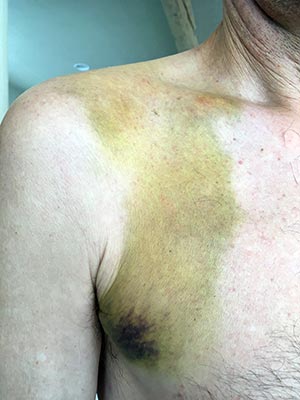

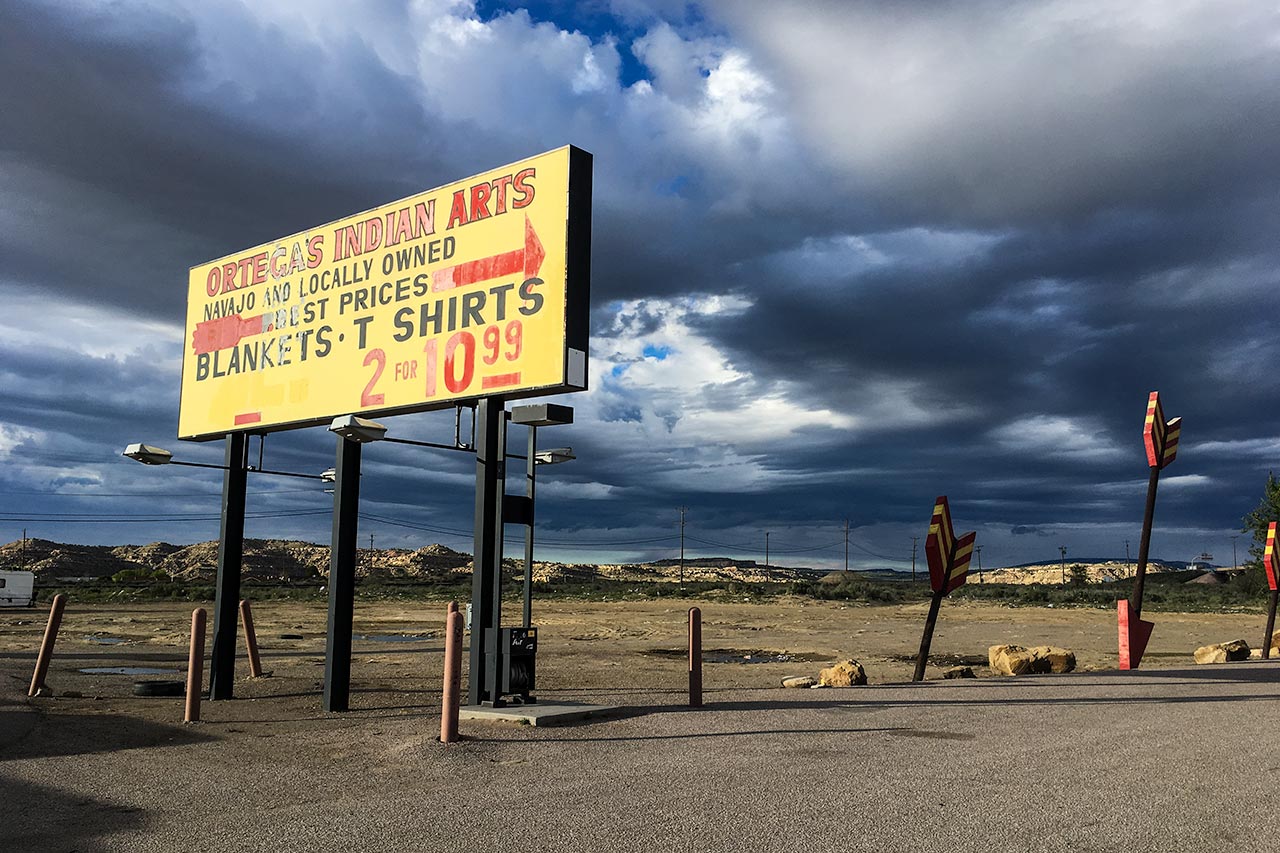
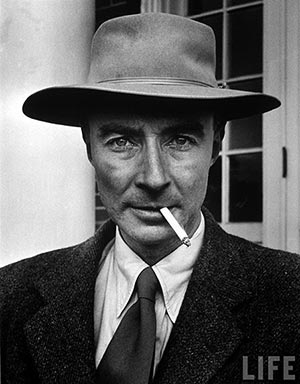
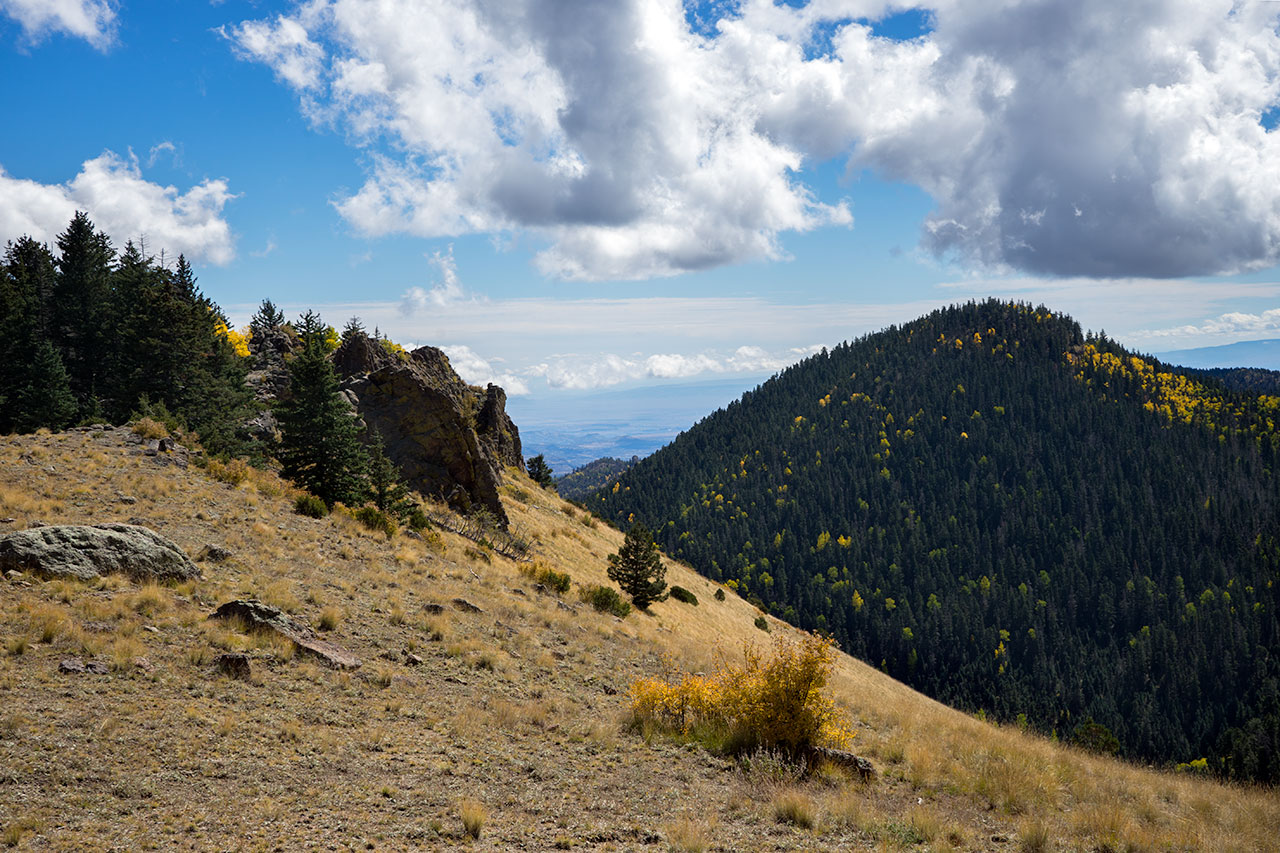




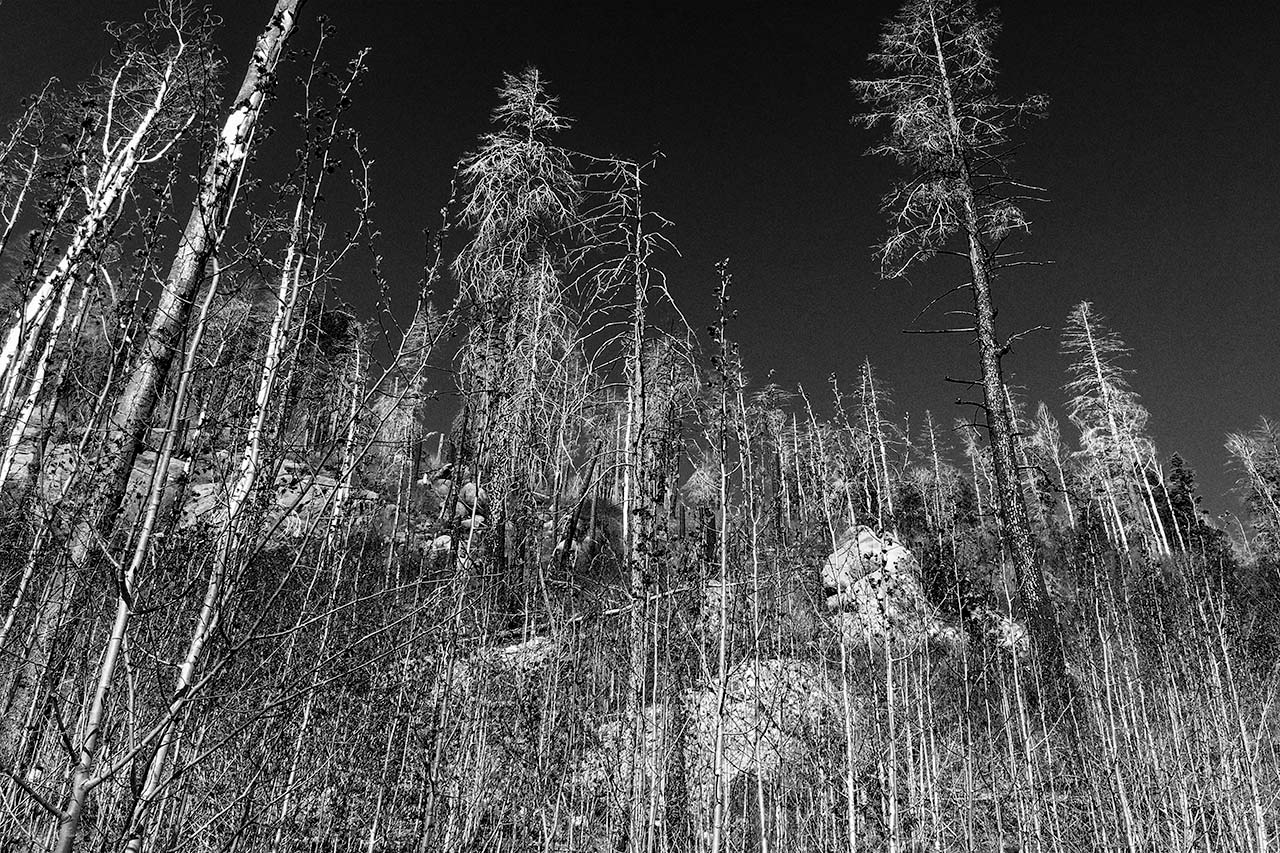
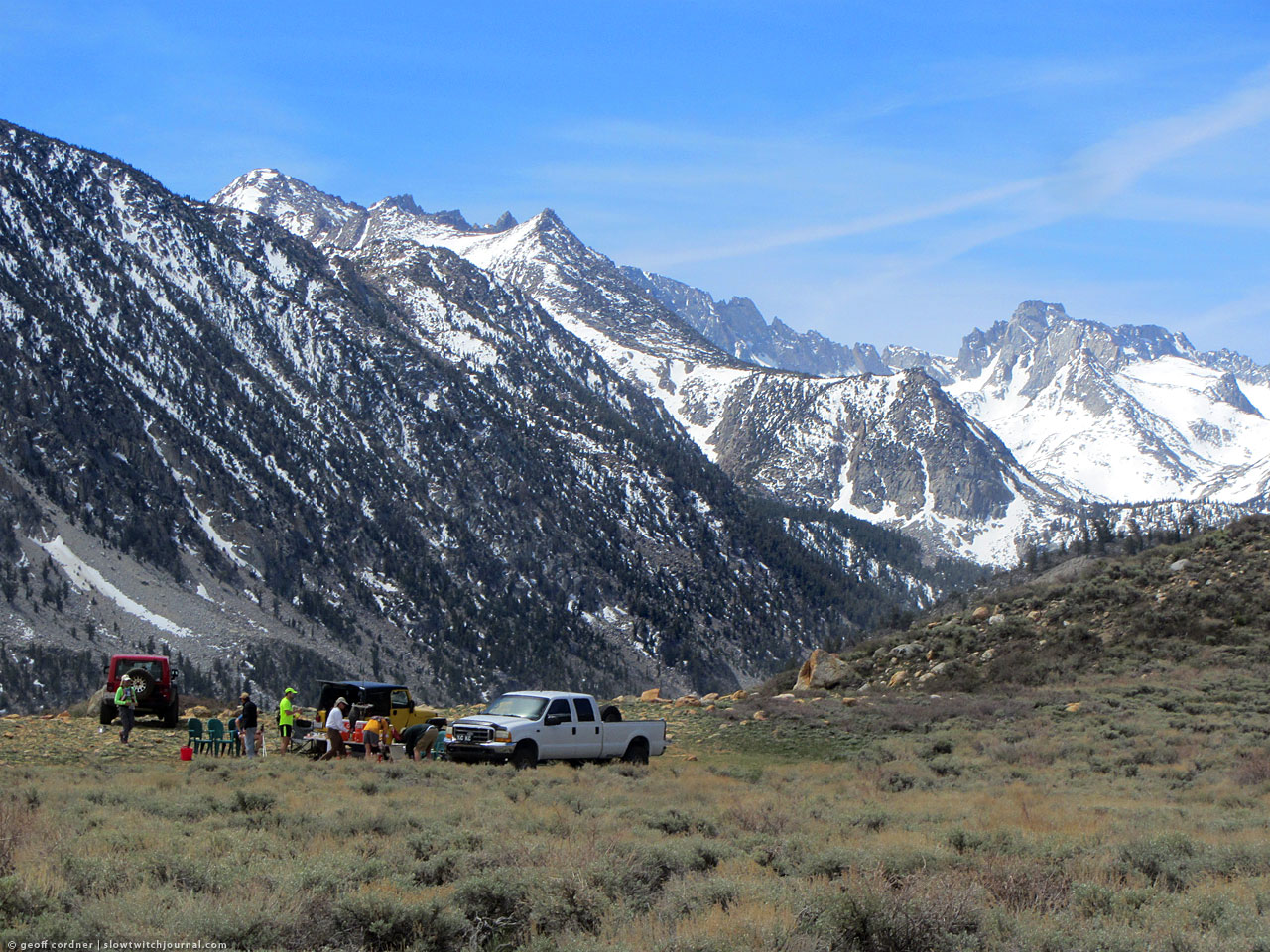



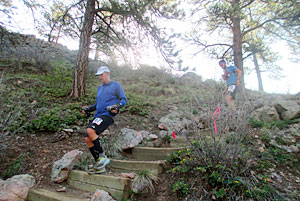

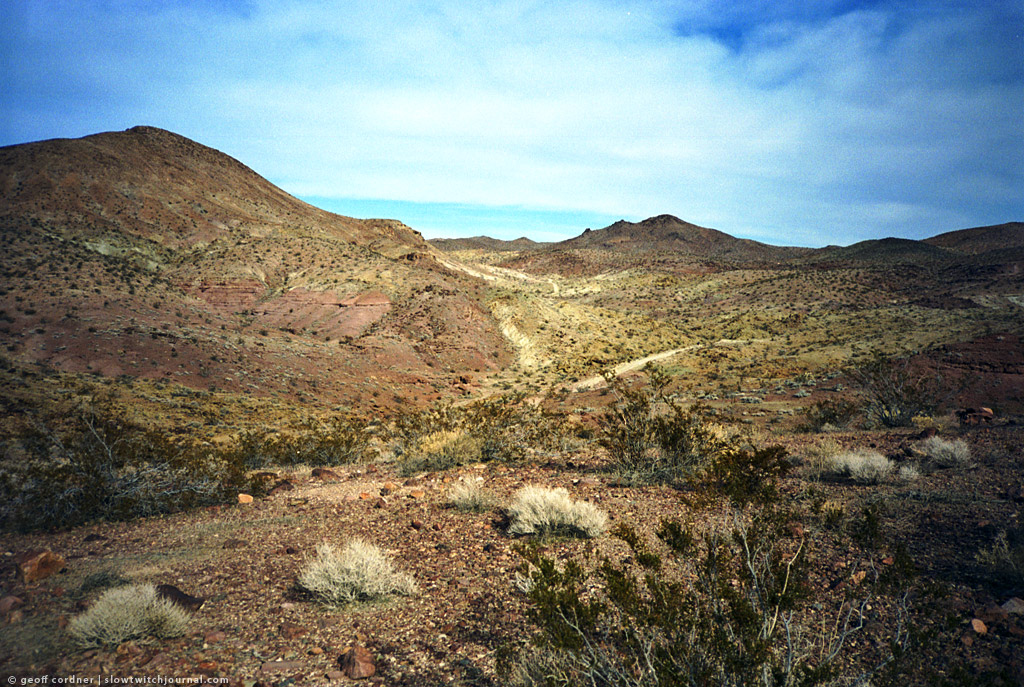

Geoff,
Enjoyed your geologic ruminations. As a geologist turned into a hydrogeologist and endurance athlete and lover of the outdoors, i look forward to reading your posts. Good luck with your recovery. And to hell with those that tell you to slow down. Perhaps find a new/different outlet or more friendly and less treacherous trails to run, but keep it going, because it is that that keeps you going. I turn 66 this summer and plan to keep it going in some fashion for many years to come.
Thanks, Gary. Yeah, the folks who tell us what we do is unhealthy tend to be much less healthy than we are. I try not to pay attention, or take offense. Often, I suspect there’s some combination of well-meaning and envy to the remarks. The human body was built to move. The mind needs it, too.
Great post Geoff. Feeling more educated and a longing to get back to NM as you’ve romanticized it.